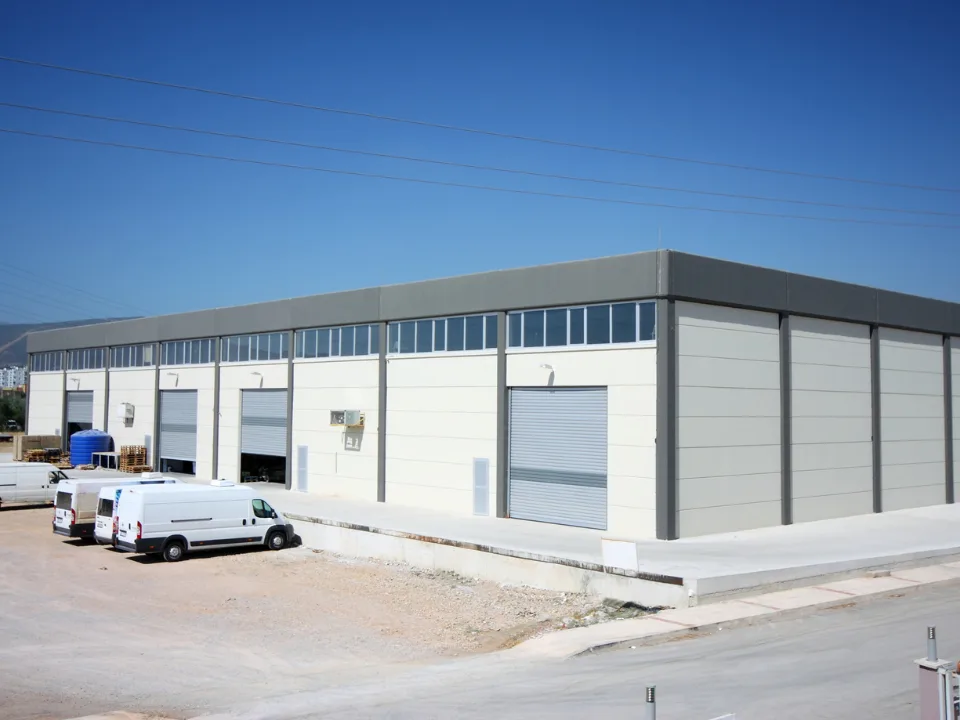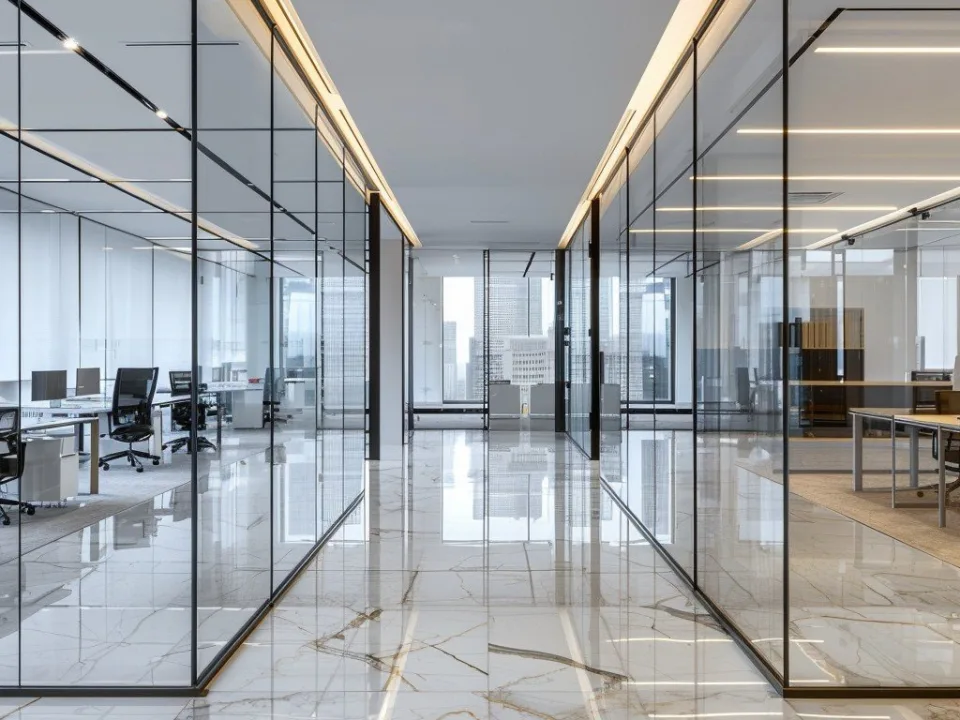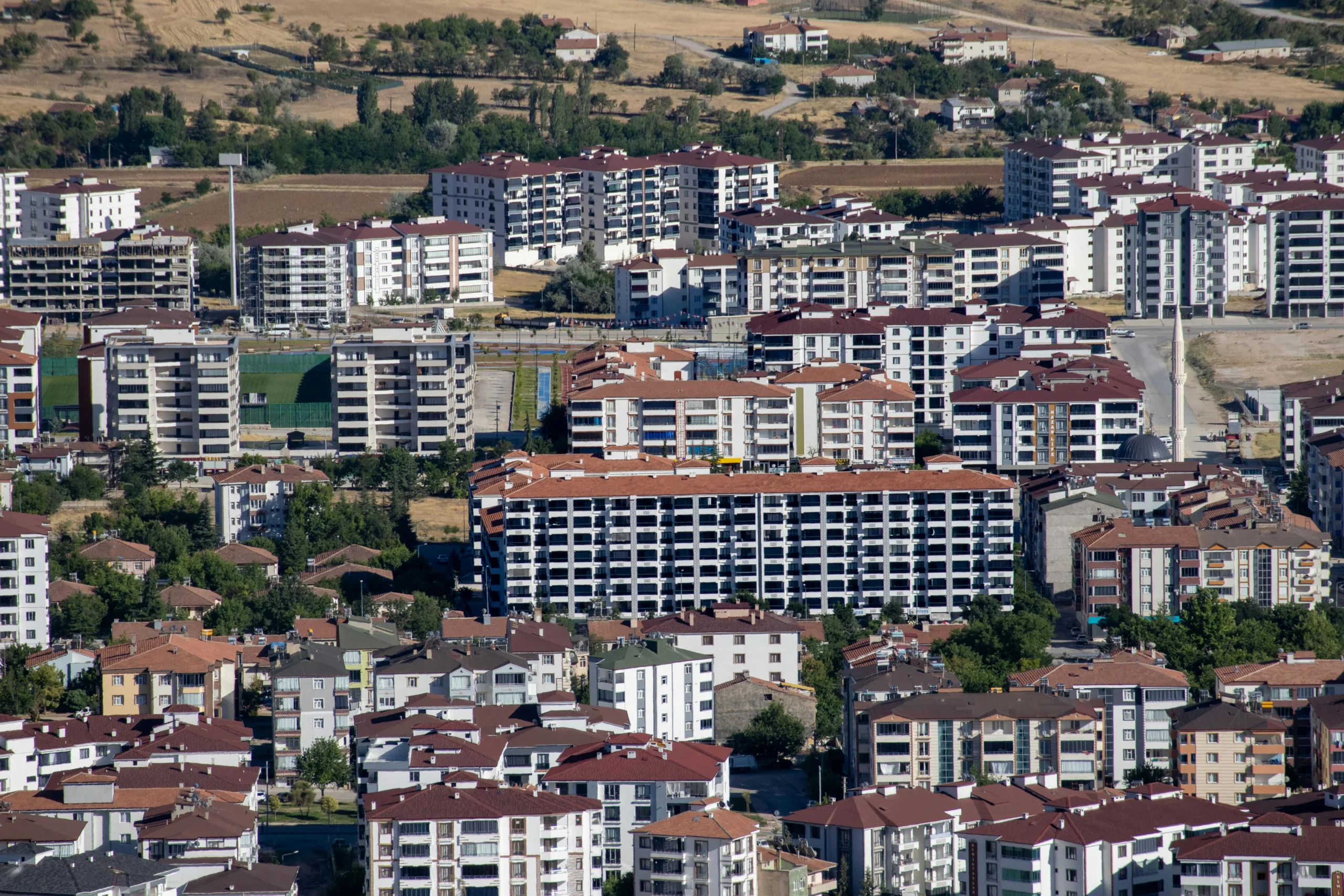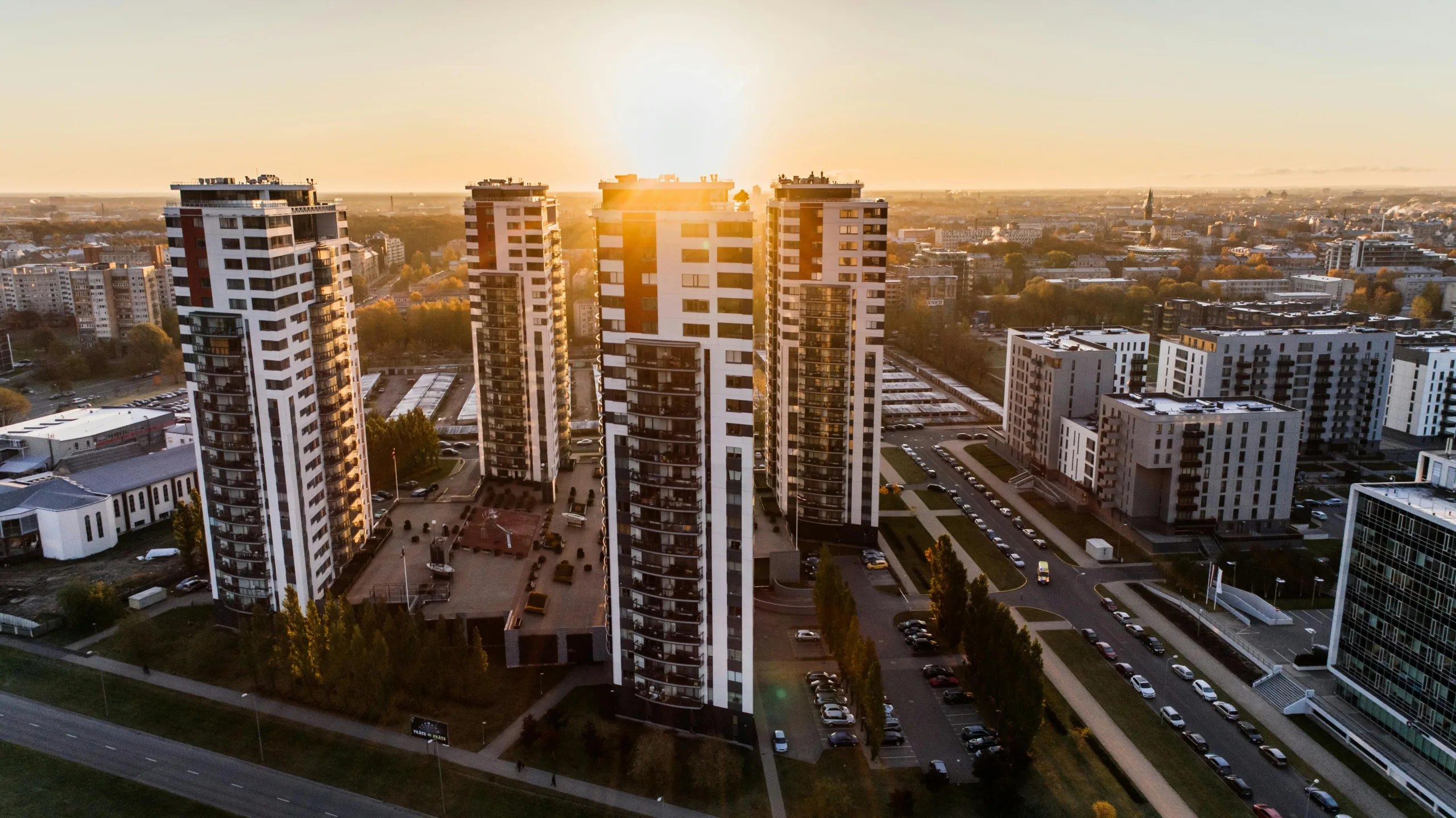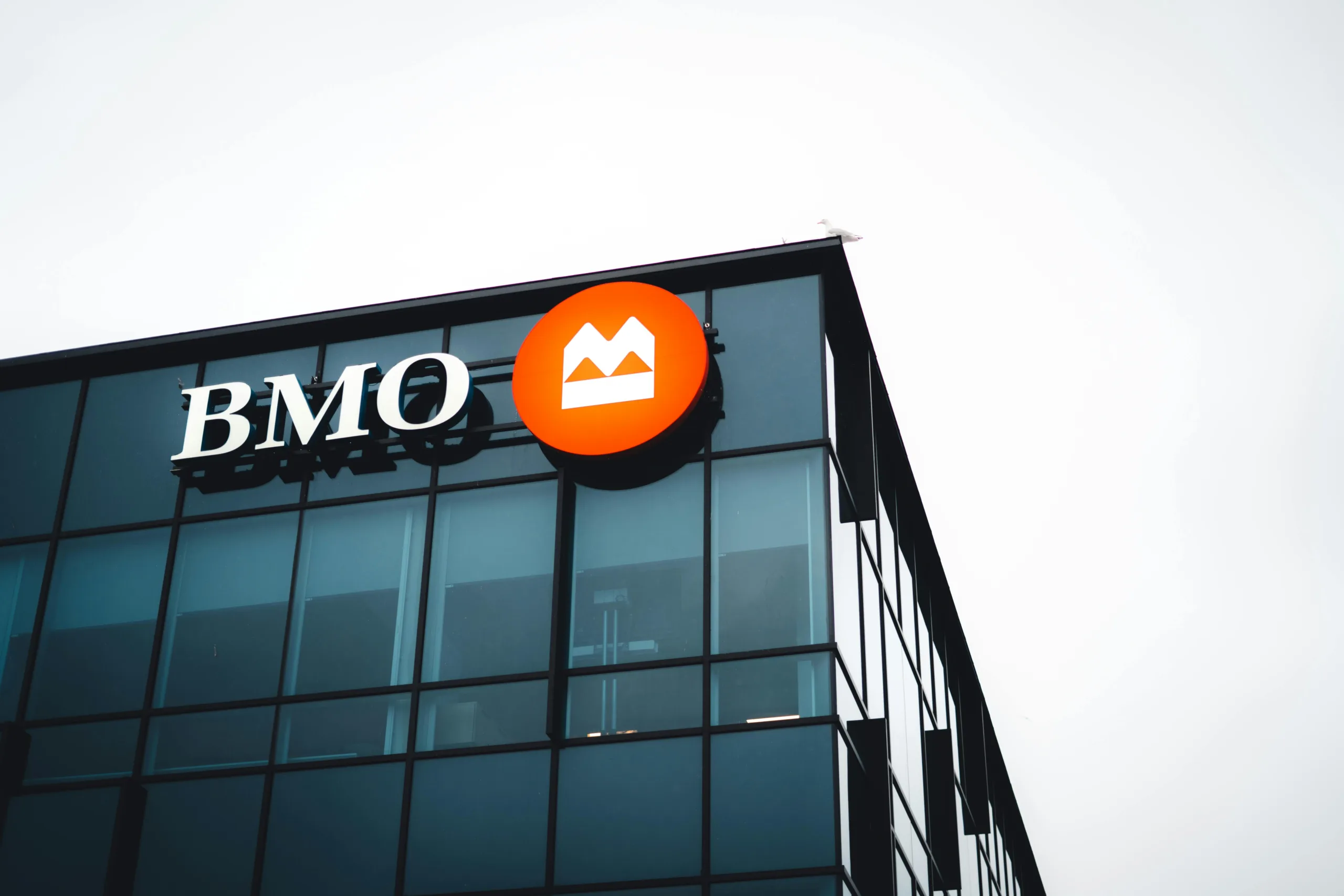- Single-tenant industrial sales rose slightly year-over-year but fell sharply quarter-over-quarter, with only the Southwest region seeing growth.
- Cap rates for both single-tenant and multi-tenant assets inched higher, reflecting cautious investor sentiment amid tighter financial conditions.
- Multi-tenant industrial properties posted a 5.8% year-over-year sales gain, reinforcing their position as the more stable, favored asset class.
- Domestic private investors dominated buying activity across both sectors, signaling sustained confidence in industrial real estate despite market headwinds.
According to Globest, the industrial sector continues to evolve as 2025 unfolds, with single-tenant properties facing mixed results and multi-tenant assets showing comparative resilience, reports Globe St. According to Northmarq’s latest reports, a combination of strong demand drivers and shifting financial conditions is shaping distinct outcomes between the two subsectors.
A Tale Of Two Sectors
Single-tenant industrial sales volumes in Q1 2025 increased 2.3% year-over-year but fell 47.4% compared to Q4 2024. Nearly all regions saw a quarterly sales decline, except the Southwest, which recorded a slight uptick. Meanwhile, average cap rates for single-tenant assets rose by six basis points year-over-year, signaling mildly increased risk perceptions among investors.
The Mid-Atlantic region’s single-tenant sales dropped significantly from $560.72M in Q4 2024 to $325.16M in Q1 2025. The Midwest, Northeast, Southeast, and West all saw similar double-digit percentage declines, highlighting widespread market softening despite lingering demand.
The Multi-Tenant Advantage
While multi-tenant industrial properties also saw a quarter-over-quarter dip in sales — down 32.1% to $16.17B — the sector posted a 5.8% gain compared to Q1 2024. This year-over-year growth points to a sector that is proving more durable amid shifting economic conditions.
Cap rates for multi-tenant properties rose more sharply than their single-tenant counterparts, increasing by 31 basis points year-over-year. Particularly notable were cap rate jumps in the Midwest and Southwest, where rates climbed to 7.57% and 6.21%, respectively.
Get Smarter about what matters in CRE
Stay ahead of trends in commercial real estate with CRE Daily – the free newsletter delivering everything you need to start your day in just 5-minutes
Why It Matters
The data suggests that investors are increasingly favoring multi-tenant industrial properties for their relative stability, especially in a higher-interest-rate environment. As borrowing costs remain elevated, diversification of tenant risk becomes more attractive compared to the single-tenant model, where income streams are tied to a single occupant.
What’s Next
With demand drivers like e-commerce expansion, supply chain retooling, and last-mile distribution growth still strong, both industrial subsectors remain fundamentally supported. However, multi-tenant properties may continue to outperform as investors prioritize stability and cash flow resilience amid uncertain financial conditions.




